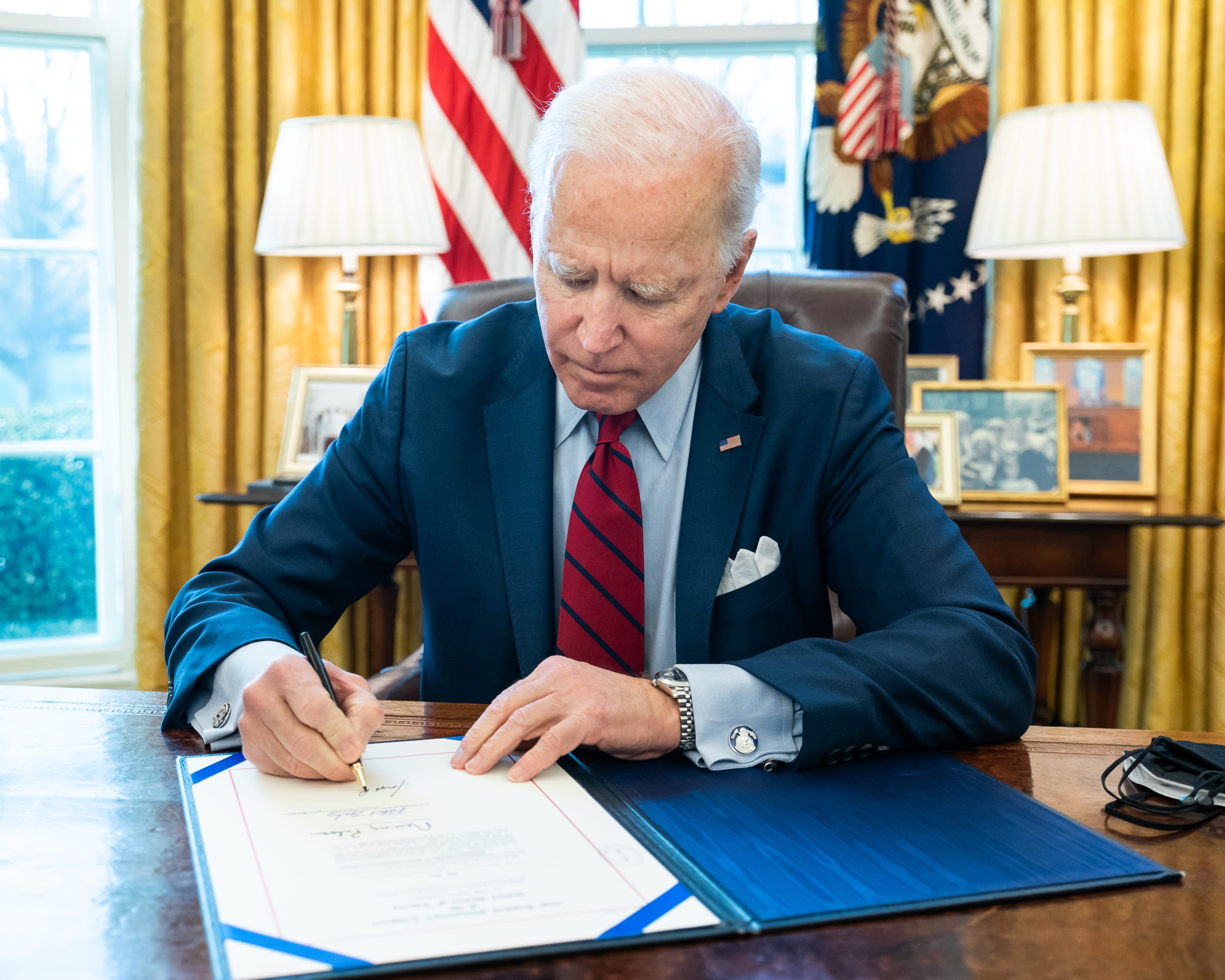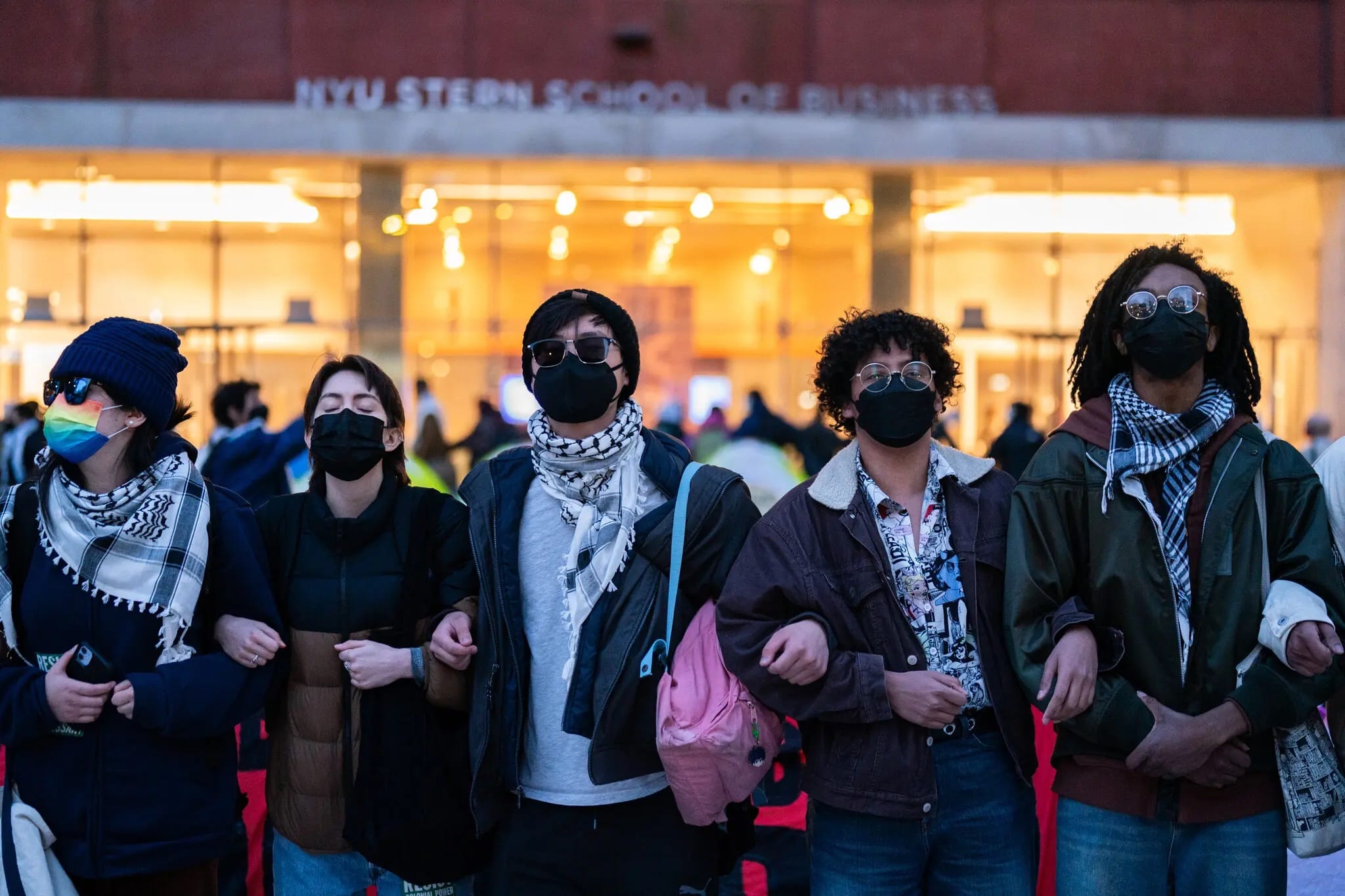
Should the Federal Gov’t Give States Grants to Seize Firearms From Dangerous Individuals? (H.R. 5717)
Do you support or oppose this bill?
What is H.R. 5717?
(Updated April 16, 2021)
This bill — known as the Jake Laird Act of 2018 — would authorize the U.S. Attorney General to make grants to states for the seizure of firearms from individuals who are determined to be a danger to themselves or others (a type of law known as a “red flag law”). Only states with laws in place for firearms seizure would be eligible for these funds.
Individuals would considered “dangerous” if they meet one or more of the following conditions: 1) presents an imminent risk of injuring themselves or another individual; 2) have a mental illness that is controlled by medication, but have demonstrated a pattern of not voluntarily taking the medication; 3) are documented as having a propensity for violent or emotionally unstable conduct; and/or 4) pose a significant danger of harming themselves or others by possessing a firearm.
Law enforcement could seize a firearm without a warrant if they determine that an individual is dangerous under the above criteria under this bill. Within 48 hours of the seizure, law enforcement must file a return with the proper court that provides information about the timing and quantity of firearms taken in the seizure.
Within 21 days of a firearm seizure, the court would hold a hearing to determine whether the individual is dangerous. If the individual isn’t determined to be dangerous, their firearm(s) would be returned to them. If the individual is found to be dangerous by clear and convincing evidence, the law enforcement agency would be ordered to retain the firearm(s) seized, revoke the individual’s license(s) to carry a firearm, and enter an order restraining the individual from acquiring a firearm. Firearms that do not belong to the individual would be returned to their proper owner. Individuals could request that their firearm(s) be sold, and the proceeds given to them in accordance with local law.
An individual found to be dangerous by the court could petition the court to return the seized firearm(s) after 180 days. The court would return the firearm(s) if the individual proves they are not dangerous by preponderance of the evidence. If the petition is denied, the individual could file another petition for the return of the firearm(s) 180 days after the previous denial. Nothing would prevent a court from setting its own hearing to determine the danger level sooner than the 180-day limit placed on the individual.
Finally, if an order preventing an individual from possessing firearms is still in effect five years after it was ordered, local law enforcement may be ordered to destroy the seized firearms.
Argument in favor
There is ample evidence that both mass shooters and suicidal individuals will display warning signs prior to committing both acts. Giving families and local law enforcement a legal option to keep guns away from these individuals can save both their own and others’ lives.
Argument opposed
States are already passing and enforcing red flag laws of their own accord — there is no need for the federal government to encourage these laws’ enactment or provide funding. Additionally, this bill may not provide adequate due process protections for firearms owners.
Impact
Cost of H.R. 5717
A CBO cost estimate for this bill is unavailable.
Additional Info
In-Depth: Rep. Susan Brooks (R-IN) introduced this bill to encourage states to adopt laws like Indiana’s 2005 Jake Laird Law, which enables local law enforcement, with probably cause, to seize and retain firearms from individuals who are determined to be an imminent danger to themselves or others:
“The Jake Laird Law has been used successfully more than 600 times in Indianapolis since 2005 and should be used as a model for states nationwide. As our country continues to grapple with how to keep our communities safe, the Jake Laird Act will provide our local law enforcement officers the tools and training necessary to prevent senseless acts of violence from claiming more innocent lives. After many meetings with students, teachers, school administrators, law enforcement departments and fellow members of Congress, I am proud to introduce this bipartisan gun violence reduction tool that will help us better avoid situations that could jeopardize countless lives while also protecting individual constitutional rights.”
The National Rifle Association, which was originally neutral on this bill, is now opposed to it, arguing that there are insufficient protections for due process and requirements for mental health treatment:
“We support risk protection orders that have adequate due process provisions and require those who are found dangerous to receive the mental health treatment they so urgently need. Unfortunately, HR 5717, among many flaws, lacks both mental health care requirements and due process protections, and we oppose it on those grounds.”
Everytown for Gun Safety and Moms Demand Action for Gun Sense in America, along with the families of the victims killed in Parkland, Florida support this legislation. The families of the Parkland victims wrote in a May 9, 2018 letter:
“We are the families of the victims killed in the tragedy in Parkland on February 14, 2018. We write to show our support for the Jake Laird Act of 2018, and we strongly urge your colleagues in the United States of America House of Representatives to join with you to quickly pass this legislation… Frankly, we know much more needs to be done to prevent mass murder from ever again occurring in our schools. The safety of students, teachers and staff in our schools cannot wait. The moment to consider legislation like the Jake Laird Act is right now. We must continue to work together to keep firearms away from those that are an immediate risk to themselves or to others. These laws are working in Florida and in many other states, therefore, we support the objective of this act, which is to encourage all states to adopt “red flag” legislation.”
There are 15 cosponsors of this bill, (including nine Republicans and six Democrats).
Of Note: This bill seeks to encourage states to pass Red Flag Laws, which empower family members or law enforcement to seek a court order, known as an Extreme Risk Protection Order, that temporarily blocks a person from having guns when they pose a serious danger to themself or others.
Red Flag Laws are meant to prevent both mass shootings and suicides. In both cases, individuals planning violence against themselves and others often display warning signs prior to the shootings. For example, the shooter who killed six people in Isla Vista, California in May 2014 displayed numerous warning signs, including making homicidal and suicidal threats. His parents alerted law enforcement, but he did not meet the criteria for emergency mental health commitment, so was able to keep his guns and use them in his killing spree three weeks later.
Today, 13 states have enacted Red Flag Laws — and at least 29 states and Washington, D.C. have considered Red Flag legislation in 2018.
Media:
Summary by Lorelei Yang
(Photo Credit: iStock / kyoshino)The Latest
-
 IT: 🖋️ Biden signs a bill approving military aid and creating hurdles TikTok, and... Should the U.S. call for a ceasefire?Welcome to Thursday, April 25th, readers near and far... Biden signed a bill that approved aid for Ukraine, Israel, and Taiwan, read more...
IT: 🖋️ Biden signs a bill approving military aid and creating hurdles TikTok, and... Should the U.S. call for a ceasefire?Welcome to Thursday, April 25th, readers near and far... Biden signed a bill that approved aid for Ukraine, Israel, and Taiwan, read more... -
 Biden Signs Ukraine, Israel, Taiwan Aid, and TikTok BillWhat’s the story? President Joe Biden signed a bill that approved aid for Ukraine, Israel, and Taiwan, which could lead to a ban read more... Taiwan
Biden Signs Ukraine, Israel, Taiwan Aid, and TikTok BillWhat’s the story? President Joe Biden signed a bill that approved aid for Ukraine, Israel, and Taiwan, which could lead to a ban read more... Taiwan -
 Protests Grow Nationwide as Students Demand Divestment From IsraelUpdated Apr. 23, 2024, 11:00 a.m. EST Protests are growing on college campuses across the country, inspired by the read more... Advocacy
Protests Grow Nationwide as Students Demand Divestment From IsraelUpdated Apr. 23, 2024, 11:00 a.m. EST Protests are growing on college campuses across the country, inspired by the read more... Advocacy -
 IT: Here's how you can help fight for justice in the U.S., and... 📱 Are you concerned about your tech listening to you?Welcome to Thursday, April 18th, communities... Despite being deep into the 21st century, inequity and injustice burden the U.S. read more...
IT: Here's how you can help fight for justice in the U.S., and... 📱 Are you concerned about your tech listening to you?Welcome to Thursday, April 18th, communities... Despite being deep into the 21st century, inequity and injustice burden the U.S. read more...
 Climate & Consumption
Climate & Consumption
 Health & Hunger
Health & Hunger
 Politics & Policy
Politics & Policy
 Safety & Security
Safety & Security
